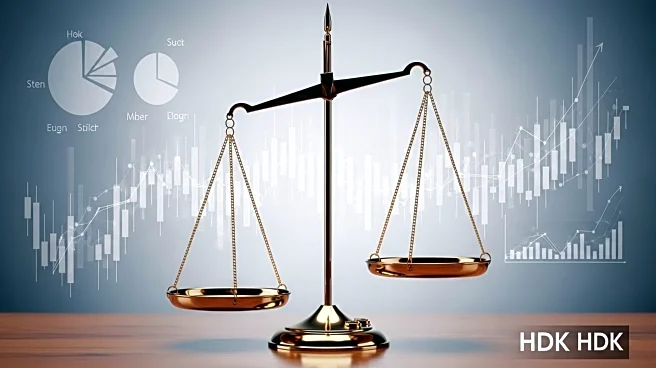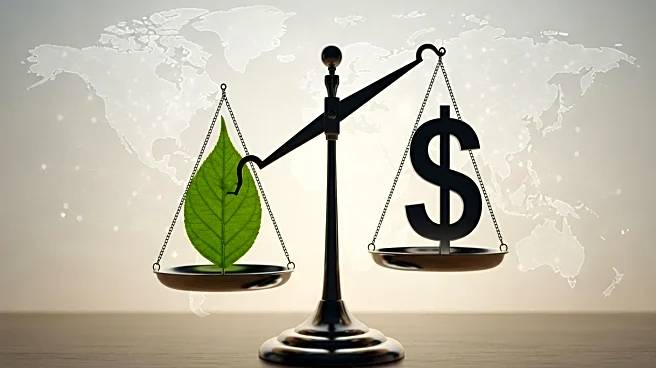What's Happening?
Italy plans to uphold its GDP growth forecasts of 0.6% for this year and 0.8% for 2026, despite uncertainties linked to U.S. import tariffs. Economy Minister Giancarlo Giorgetti announced that these forecasts, initially set in April, have already considered the potential impacts of changing trade conditions. Italy's economy experienced a contraction of 0.1% in the second quarter, primarily due to negative trade flows, although industrial output showed a slight increase in July. The government is set to present updated GDP forecasts and budget targets to parliament by October 2, which will form the basis for next year's budget. Giorgetti emphasized that no further fiscal tightening would be necessary to reduce Italy's deficit below the EU's 3% of GDP ceiling next year, potentially allowing Italy to exit the EU's infringement procedure.
Why It's Important?
The decision to maintain GDP growth forecasts is significant as it reflects Italy's confidence in its economic resilience despite external pressures from U.S. tariffs. This move is crucial for Italy's economic stability and its ability to navigate the EU's fiscal rules, which require countries to manage their deficits carefully. The government's commitment to easing the tax burden on middle-income families could have positive social implications, although the financing of such measures remains unclear. Additionally, the involvement of national banks in contributing to the budget highlights a strategic approach to fiscal management, which could influence Italy's economic trajectory and its standing within the EU.
What's Next?
Italy will present its updated GDP forecasts and budget targets to parliament by October 2, setting the stage for next year's budget planning. The government's approach to managing its deficit and economic growth will be closely monitored by EU officials, as Italy seeks to exit the excessive deficit procedure. The potential contributions from national banks to the budget could be a point of discussion, impacting fiscal policy decisions. Stakeholders, including political leaders and economic analysts, will likely assess the implications of these forecasts on Italy's economic health and its relationship with the EU.












